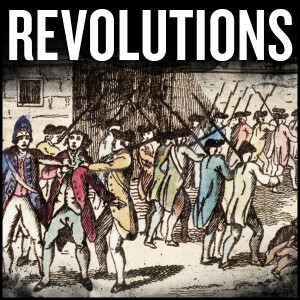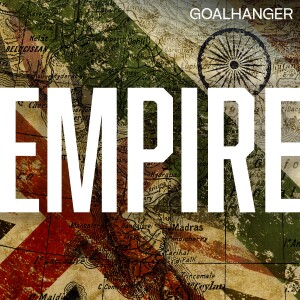

ADST: Cold War Podcast
https://anchor.fm/s/6dc899bc/podcast/rssEpisode List
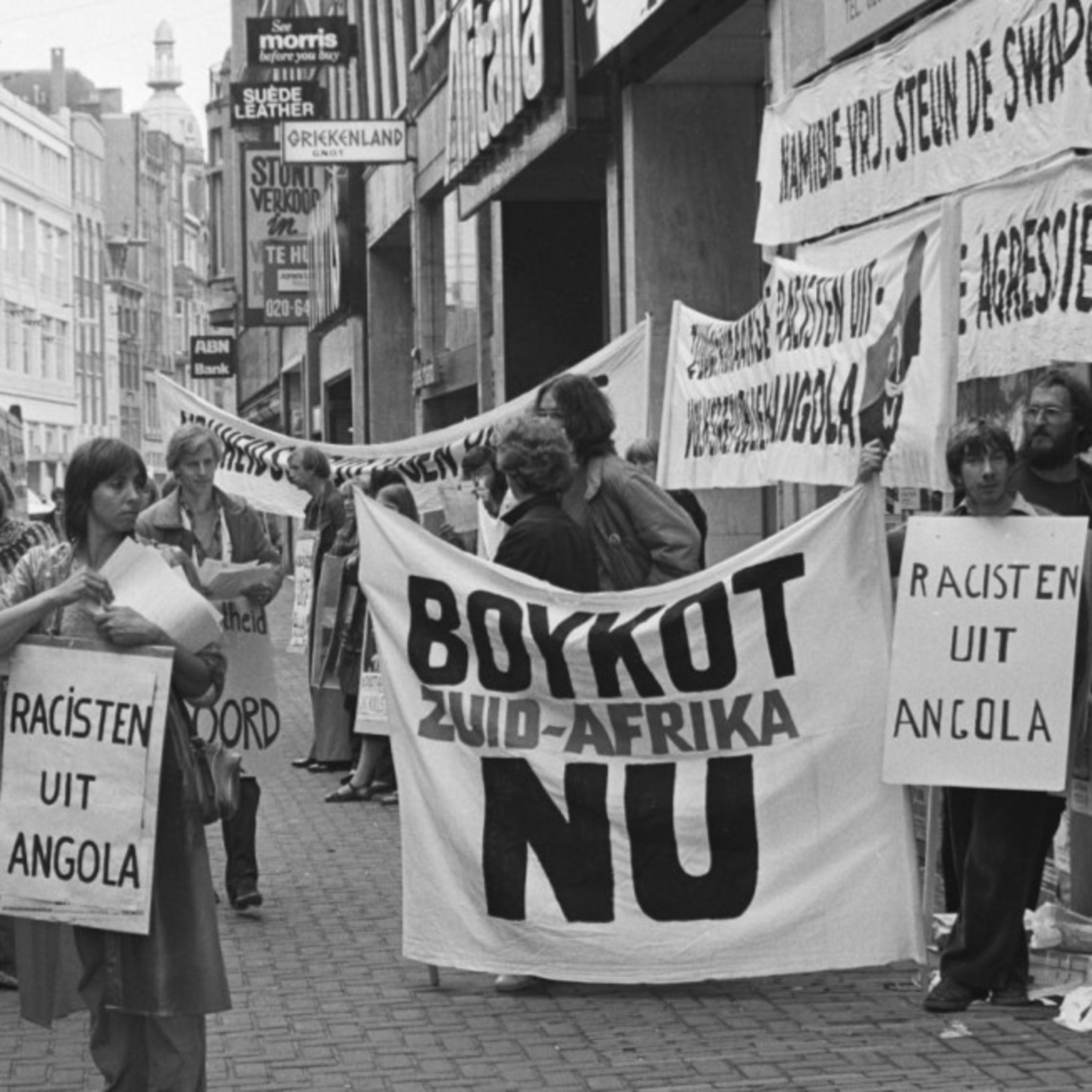
South Africa
The South African Border War or the Namibian War of Independence is not a war that fits exactly into the previously standard Cold War narrative thus far. In this conflict, there was a third party involved. Cuba took on a leading role providing support to the Namibians in their fight for independence, which had been under South African control since after WWI. Cuba also provided additional troops to the Angolans who were also fighting for independence and had been receiving support from the USSR.

Congo
The battleground now shifts from East Africa towards Congo and the attempted secession of Katanga. At this time, Congo and its prime minister Patrice Lumumba faced decisions regarding involvement with both the United States and the Soviet Union. Both superpowers sought to secure their interests. Unlike in East Africa, where the United States was more cautious in entering the conflict and providing support to one side, the Congo Crisis was a different scenario.
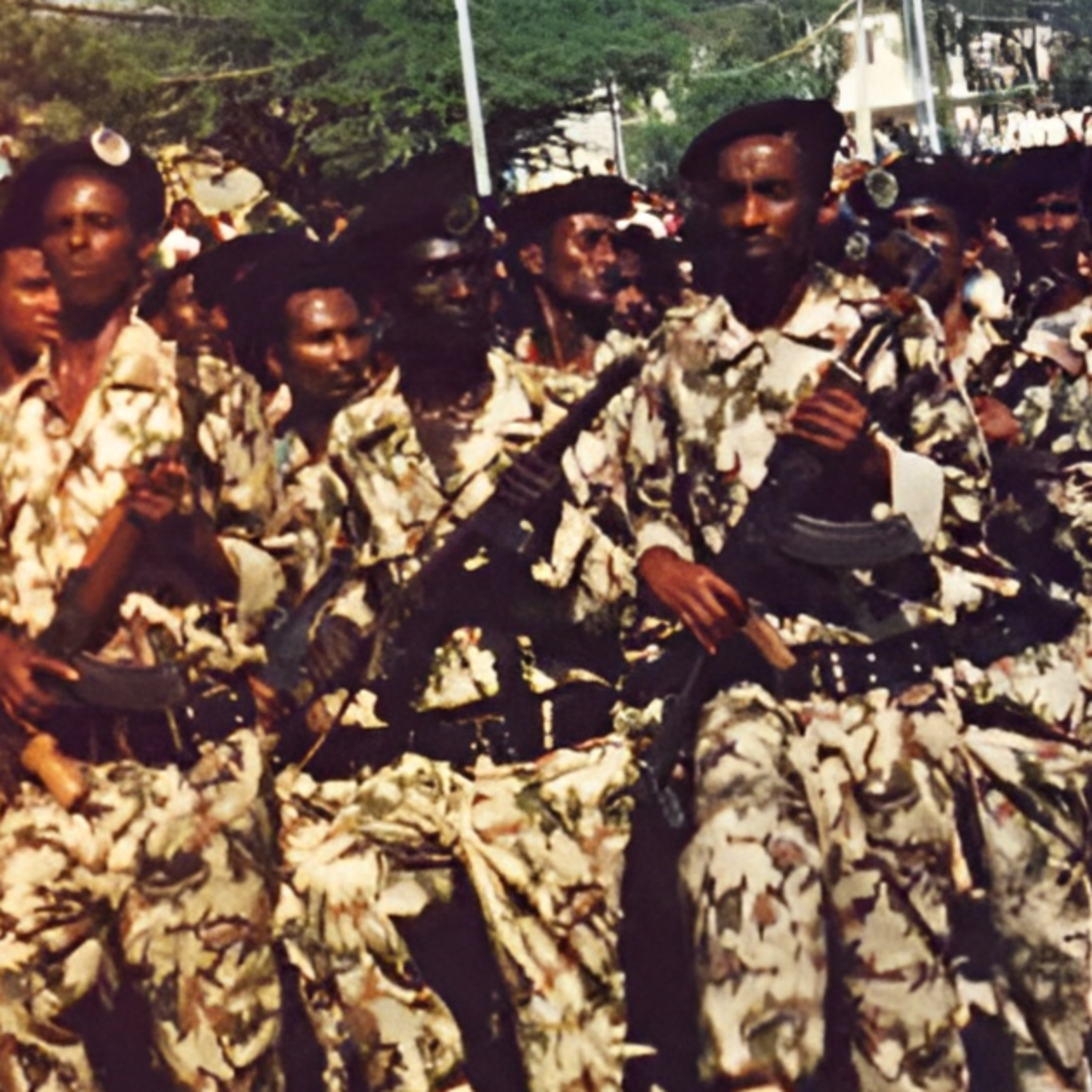
East Aftica
Both the United States and the Soviet Union in a way were competing for the favor of the African countries. As such, the U.S. found itself nestled in several countries, some in which they had direct interests in. In the first of a three part series covering Africa, we will first emphasize East Africa. This includes Burundi, Ethiopia, and Somalia. Each country became a platform in the Cold War; a metaphorical battleground of communist versus anti-communist ideology and policy. The tense competition between the two global superpowers created war amongst groups and conflicts between neighboring counties, such as the Ogaden war.
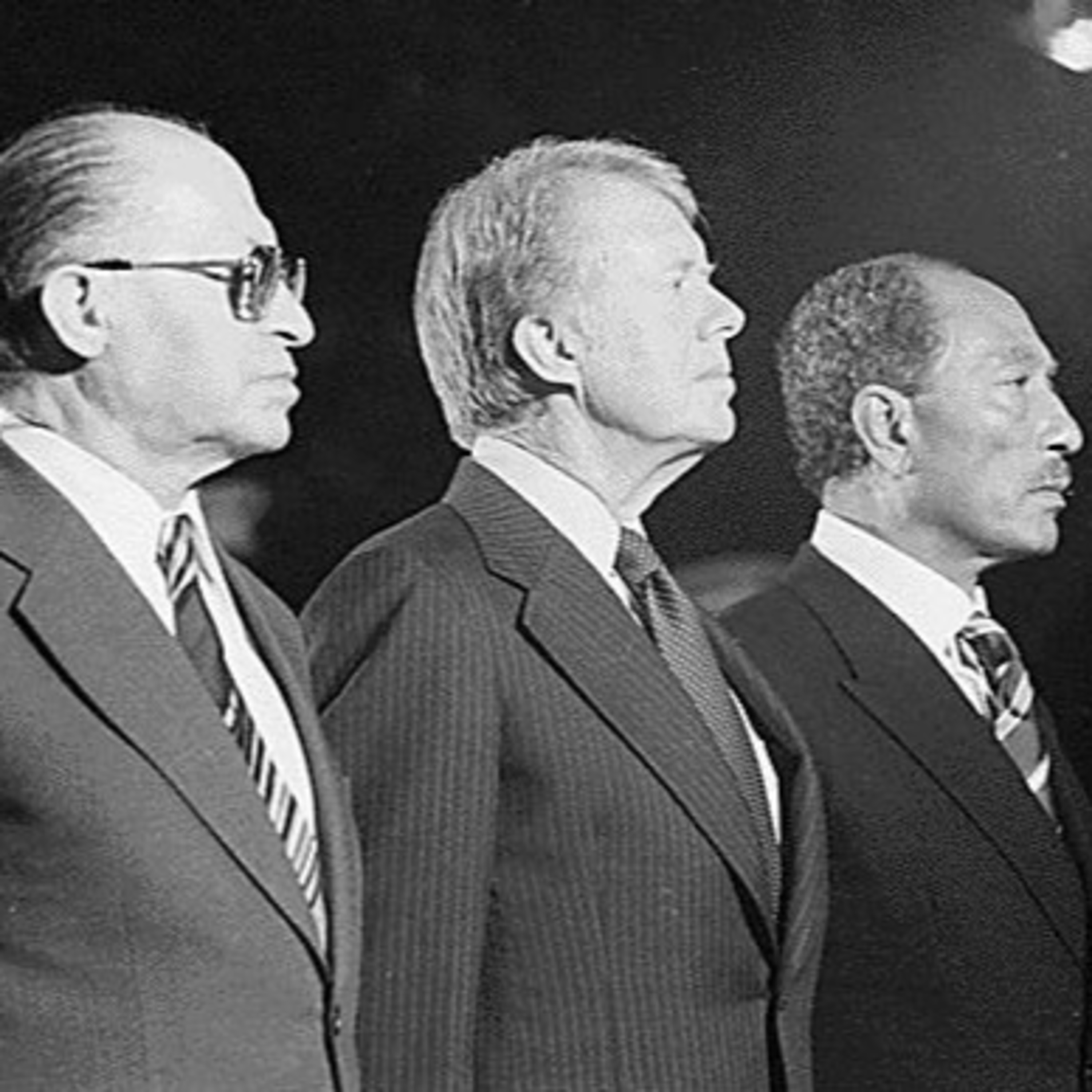
Egypt - Part II
We look back on President Nasser’s seizure of the Suez Canal from Great Britain and swift change of partnership when the U.S. halted funds for the completion of the Aswan Dam. In the years thereafter, Egypt and its neighbors continued to be of geopolitical interest in the Cold War. As Foreign Service Officers like Helmut Sonnenfeldt will introduce, the United States and the Soviet Union will take interest in conflicts such as the 1967 war––also known as the Six Days War––and the 1973 Yom Kippur War. It was not until the end of the 1970s that Egypt and Israel would end their hostilities at Camp David. As a result Egypt became an official partner of the United States.

Egypt - Part 1
While some countries were the settings of the ideological battle between the United States and the Soviet Union, directly targeted or affected by policies and areas of interest, others like Egypt found an opportunity to bend the situation to their own benefit. Former Egyptian president Gamal Adbel Nasser realized that the United States and the Soviet Union’s preoccupation with Cold War politics could be exploited; this would become his legacy as a non-alignment country in the Cold War. Consequently, Egypt’s ability to tactfully play both sides allowed them to negotiate better deals on military assistance, economic benefits, and gain political power.
Create Your Podcast In Minutes
- Full-featured podcast site
- Unlimited storage and bandwidth
- Comprehensive podcast stats
- Distribute to Apple Podcasts, Spotify, and more
- Make money with your podcast







